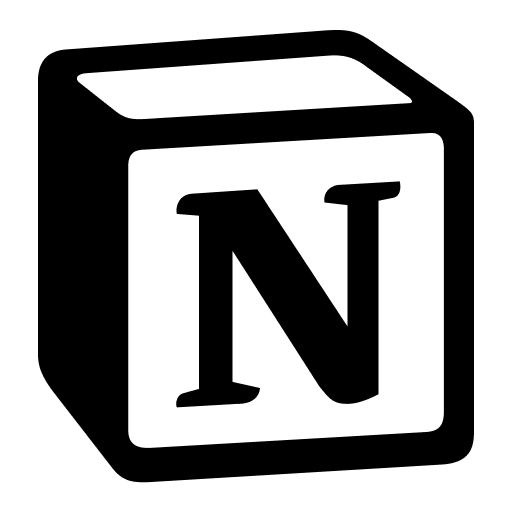/w=3840,quality=90,fit=scale-down) Thomas Frank Explains
Thomas Frank ExplainsThis lesson on Notion databases covers the basics of creating and using databases to manage tasks, calendars, notes, CRMs, and custom dashboards.
Notion Databases: The Ultimate Beginner’s Guide:

Description:
In the video version of this lesson, we’ll be using everything we learn to create a useful example database – a simple task manager, which you could include in the personal dashboard that we’ve been building throughout the other lessons in this series.
How to Create a Notion Database:
The best way to learn is by doing – by trying things out, experimenting, and getting your hands dirty. So let’s start this guide out by covering how to actually create a Notion database.
Doing so is simple; just type /database on any Notion page, and you’ll see a list of database options.
You can start out by choosing Database – Inline, which will create a brand-new database right on that page. Here’s a very simple example database that lists some of my favorite movies:
By default, your new database will be displayed as a table. Notion offers other database layouts, but a table is a great starting point.
There are a couple of alternative ways to create a database as well. First, you can create a blank page (see my lesson on creating pages), and then select one of the database options:
You can also use the / command to create a database with the specific layout you want. The options include:
/Table view/Board view/Gallery view/List view/Calendar view/Timeline view
If you create a database block using a layout command, Notion will give you the option to either create a Linked Database (which links to an existing source database), or to create a new database.
There are later sections in this guide for both (click to jump to them):
- Database Layouts
- Linked Databases
For now, it’s just useful to know the ways you can create new databases.
To see this full Guide plz click the below link
/w=3840,quality=90,fit=scale-down)
We’re Prodify.
If you have any questions, feel free to email us at [email protected]. We would love to connect with you ❤️
Twitter Instagram LinkedIn
Notion Consultancy
Services
Clients
About Us
Notion Marketplace
Notion Templates
Learn Notion
Notion Tools
Links
Get Notion
Notion Templates by Prodify
Blog
Connect with us
